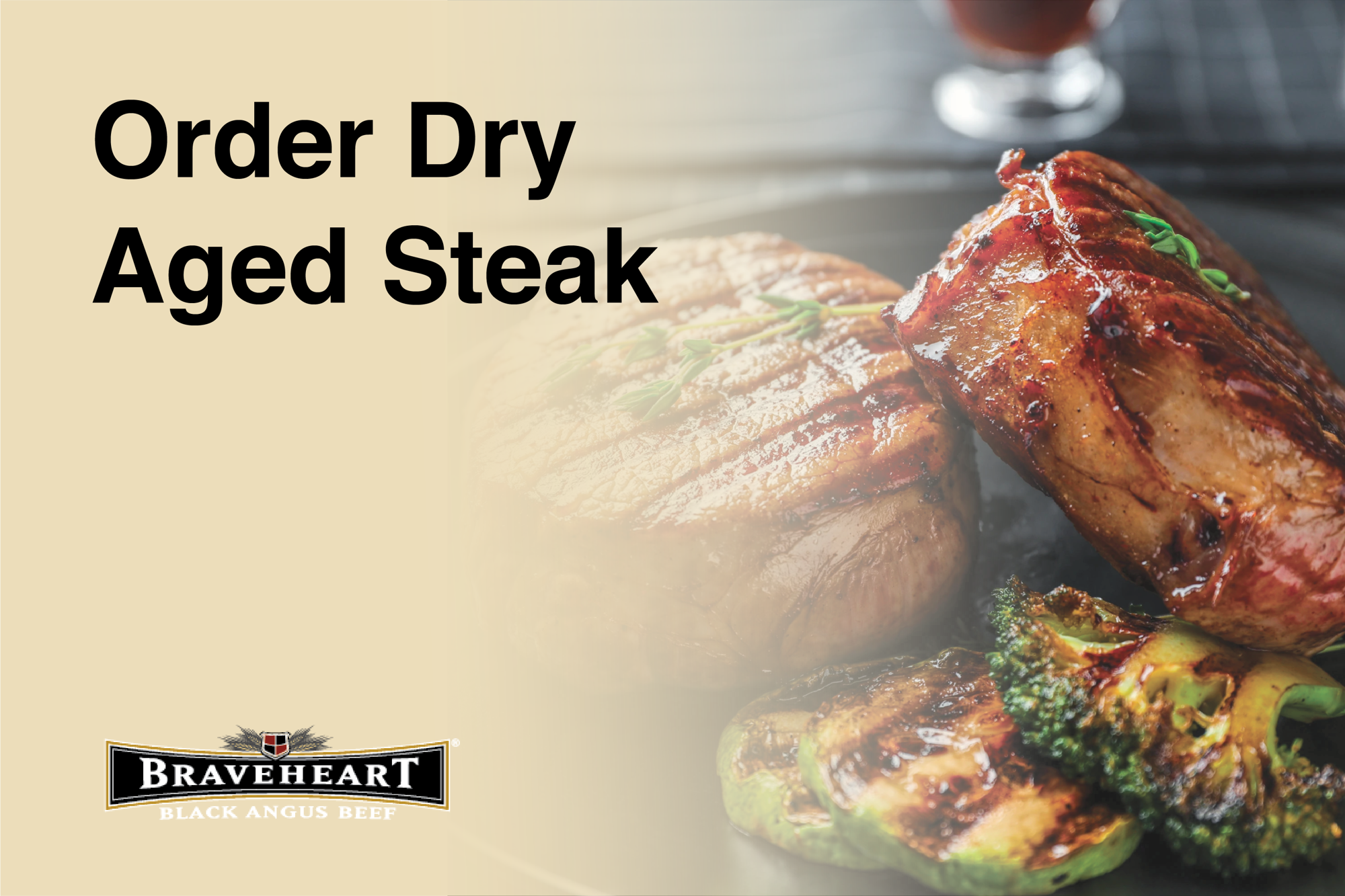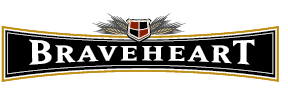
For hundreds of years, people have been innovating the way food is prepared, and this innovation is one of the cornerstones of the culinary experience. When you’re shopping for a steak online, you’ll probably see the terms “dry-aged” and “wet-aged” thrown around here and there. Before you dive into buying anything, it would help to know what the difference is between them.
Dry-aging is a traditional process where meat is left in the open air at almost freezing temperatures for several weeks. This process allows for natural enzymes to tenderize the meat, overhauling both the texture and flavor, and producing the most tender meat possible. The result of this process is meat with a distinct and bold flavor.
Wet-aging, on the other hand, is a relatively new method of aging meat, as it is only about 60 years old. Modern innovations have allowed wet-aging to become a far more common process. First, the meat is cut and portioned, then it is stored in vacuum sealed bags at a close to freezing temperature. This takes about 10 days, where the same natural enzymes that work in dry-aging do their job here. The meat that gets wet-aged is tender, but not as tender as dry-aged meat.
Both processes have their benefits and drawbacks. Dry-aging produces a more tender cut of meat, along with a stronger flavor. However, the process ruins parts of the meat, which have to be cut off and taken away from the amount of meat you get. Additionally, the flavor of dry-aged meat can be described as “earthy” or “bitter”, which may not be your preferred flavor when eating a steak.
Wet-aged meat, for its part, is more moist than dry-aged meat, and the process allows for the flavor to evenly distribute throughout the meat. Plus, this flavor does not have any of the acidic traits that dry-aged meat has. While not as tender as dry-aged meat, the process also does not ruin any parts of the meat, so there is no need to cut any of it away before being packaged. This results in wet-aged meat being less expensive than its counterpart.
While it ultimately comes down to preference, and while there are clear benefits and drawbacks to both, to get the most quality out of the money you spend, wet-aged steak will probably be your best bet. Braveheart’s meat is all wet-aged to ensure this level of quality is available for you. From our New York strips to our sirloin steaks, Braveheart has the best meat for you.
Recipe:
Taste the quality of the wet-aging process with this delicious skillet bourbon steak recipe.
